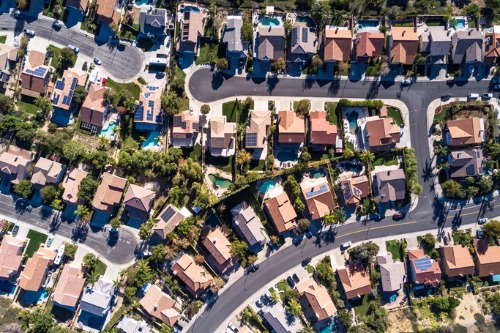Suburban shift continues to fuel construction in lower density metros

Single-family home construction activity has accelerated in the suburbs, exurbs, and rural communities, according to the National Association of Home Builders (NAHB).
Data from NAHB’s Home Building Geography Index (HBGI) revealed that the pandemic-driven trend of people migrating to more affordable markets continued throughout 2020, and builders are working hard to meet their growing demand.
“Over the past three quarters, the HBGI data has revealed a measurable shift in home building from more costly, large metro areas to more affordable markets,” said NAHB chief economist Robert Dietz. “We expect only a partial reversal of these trends this year as nationwide vaccination efforts significantly ramp up in the months ahead.”
As more buyers and renters seek out larger living spaces, outlying counties of smaller metros posted the highest growth rate at 20.7%. Small metro core areas saw a 15.7% gain for the year. Meanwhile, the annual growth rate in large metro suburbs rose 15.1% and was up 9.1% in large core areas (close-in residential areas).
NAHB also noted increased single-family home building activity in both higher (consists of a larger grouping of different racial and ethnic groups) and lower diversity counties, particularly through the second half of 2020. Multifamily residential construction activity, on the other hand, has been waning in higher diversity counties due to the shift to lower density markets.
“Housing was one of the few economic bright spots in 2020, as builders worked to meet the growing demand for single-family and multifamily housing, particularly in more affordable, smaller metro areas,” said NAHB Chairman Chuck Fowke. “Housing can continue to be an engine of job creation and help the economy move forward in 2021. But in order to do so, policymakers need to address rising regulatory burdens and sharp increases in lumber and other building material prices that are harming housing affordability.”



